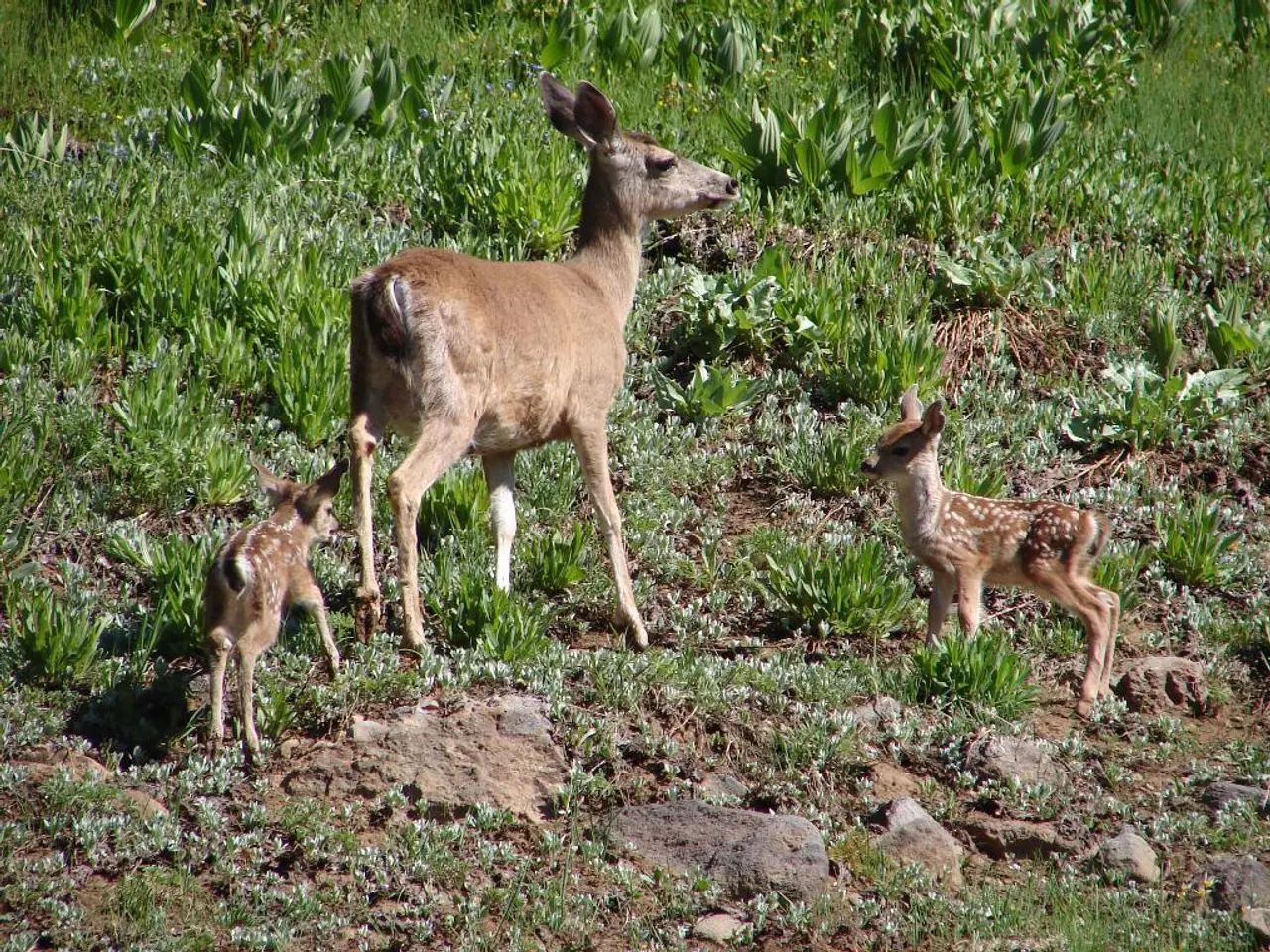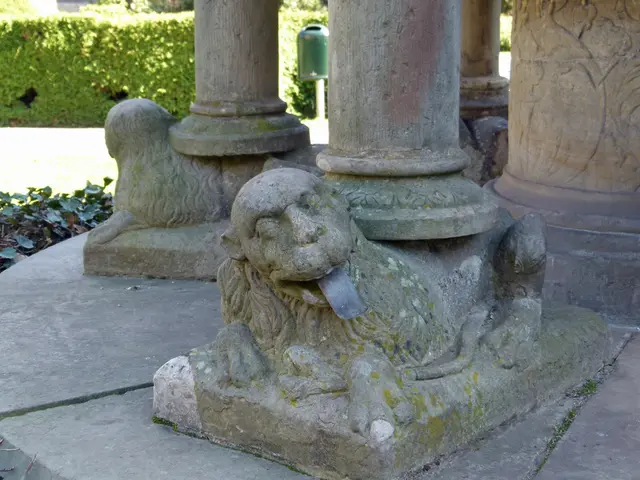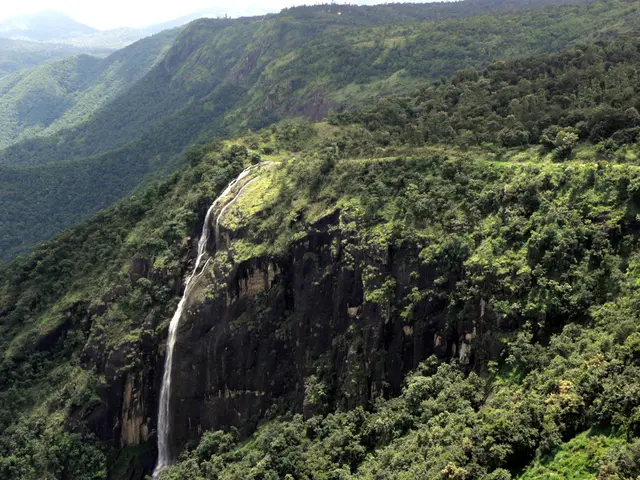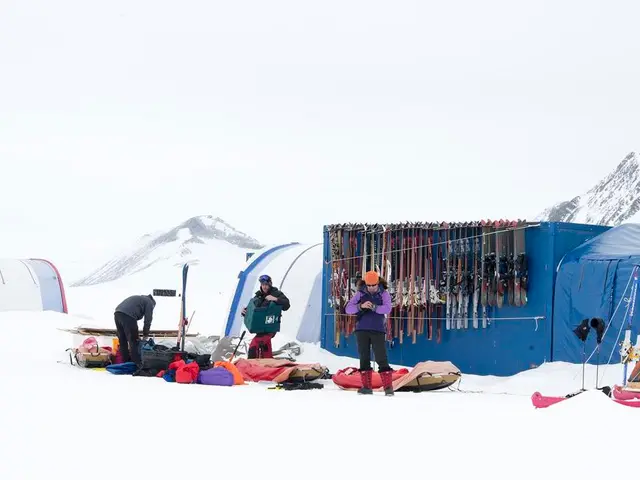Spotting a Moose in New England: A Guide
In the vast and picturesque landscapes of northern New England, the majestic moose roam freely, making these regions a haven for nature lovers. With a thriving population, particularly in Maine, these gentle giants can be spotted in various parts of the region, especially during specific times of the year.
Moose, known for their distinctive physical appearance, are most at home in open areas and wetland or swampy regions. In the United States, Maine holds the largest population of moose in the contiguous states, with counties like Aroostook, Piscataquis, Somerset, Franklin, Oxford, and Penobscot offering ideal habitats for these creatures. These areas are part of the Northern Forest, a vast region characterized by a mix of mature and regenerating forests, wetlands, lakes, and ponds, providing an optimal environment for moose survival.
Moose in New England are particularly adapted to boreal and mixed forest ecosystems and are well-equipped to navigate deep snow, which limits competition from white-tailed deer that prefer milder climates. Other states with notable moose populations include New York and parts of the northern Midwest and Rocky Mountains, but New England, especially Maine and New Hampshire, remains a core area for these fascinating creatures.
For those eager to catch a glimpse of these elusive creatures, the best times to see moose are during:
- Spring and early summer (May to July): During this season, moose are most active as they feed heavily on fresh vegetation and can often be found near water sources.
- Fall (September to October): The mating season, or rut, brings about increased activity in males, who may engage in dramatic fights, making them more visible.
Moose are crepuscular, meaning they are most active at dawn and dusk. Therefore, early morning and late evening hours are the ideal times to spot these gentle giants. In cooler parts of the day and seasons, moose are more active, as they avoid heat.
Maine's moose population is estimated to be between 60,000 and 70,000, making it one of the most populous moose habitats in the country. Other states with significant moose populations include Vermont, with approximately 2,000 moose, and New Hampshire, with an estimated 3,000 to 4,000.
It's essential to remember that appreciating these magnificent creatures from a safe distance is a rewarding benefit of being outdoors in the Northeast. Moose attacks are rare, but they can be dangerous when approached too closely. Signs that a moose is distressed include rolling its eyes, standing hair on its back, and pinning its ears back.
When exploring the forests of Maine and New Hampshire, it's crucial to adhere to the seven Leave No Trace principles, as encouraged by organizations like the Appalachian Mountain Club (AMC). These principles aim to minimize impacts on the environment and ensure that these pristine habitats remain preserved for future generations to enjoy.
As you embark on your moose-spotting adventures, remember to respect these incredible creatures and give them the space they need. Driving conditions can be hazardous during low-light conditions at dawn and dusk, so be cautious, especially in Maine, where hundreds of moose crashes are reported each year.
In conclusion, the northern counties of Maine offer the highest density of moose, particularly during the spring, early summer, and fall rutting season. Early morning or evening excursions improve your chances of spotting these elusive creatures, and following the Leave No Trace principles ensures that their habitats remain protected for future generations to enjoy. So, grab your binoculars and prepare for an unforgettable adventure in the heart of New England's wilderness.
Traveling to the northern counties of Maine can provide a unique opportunity to observe the moose in their natural habitat, as these regions are home to a significant portion of the moose population in the United States. Adopting a lifestyle that embraces nature and responsible exploration allows viewers to catch glimpses of these magnificent creatures, particularly during the spring, early summer, and fall rutting season when their activity levels are at their peak.




